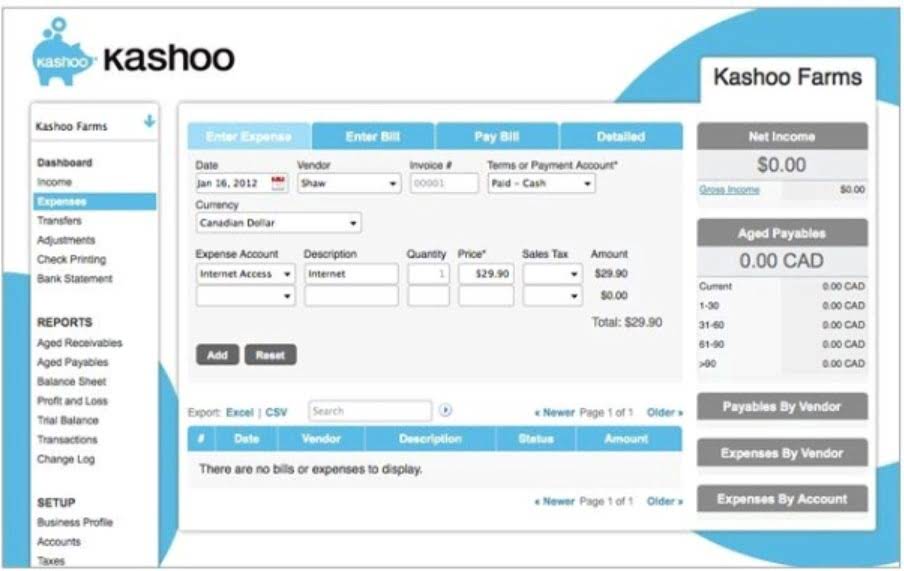However, using gross profit as an overall profitability metric would be incomplete since it doesn’t include all the other costs involved in running the company. For example, companies in the retail industry often report net sales as their revenue figure. The merchandise returned by their customers is subtracted from total revenue. Revenue is often referred to as “the top line” number since it is situated at the top of the income statement. However, a negative net income or net margin isn’t a death toll for a company.
Would you prefer to work with a financial professional remotely or in-person?
This starts with the cost of goods sold (COGS), which brings us to gross profit. Other operating expenses are then deducted, such as salaries, rent, utilities, and depreciation. The end result after deducting all these pertinent expenses from gross profit is the operating profit. Non-operating expenses, on the other hand, are costs not directly related to core net income business operations. While these expenditures are not part of the firm’s main activities, they are essential for the business’s functioning and sustainability and therefore must be taken into account when calculating net income. Net income, on the other hand, represents the income or profit remaining after all expenses have been subtracted from revenue.
Direct Expenses
This gives you a picture of your business’s profitability — that is, how much you’re earning after paying to operate your business. Net income appears on a company’s income statement and is an indicator of a company’s profitability. Net income also refers to an individual’s income after taking taxes and deductions into account.
Gross vs net income: an example
- For individuals, net income matters because it shows you how much money you may be able to spend.
- This starts with the cost of goods sold (COGS), which brings us to gross profit.
- In most cases, companies report gross profit and net income as part of their externally published financial statements.
- As a result, banks often require a company to provide an income statement (and often a multi-year income statement) before issuing credit.
Net income, on the other hand, takes all expenses into account and thus is regarded as a very holistic and useful way to see how a company’s total profit, especially over time. Some income statements, however, will have a separate section at the bottom reconciling beginning retained earnings with ending retained earnings, through net income and dividends. Individuals can also calculate their net income to see how much money they take home after certain deductions. If you’re wondering how much money you actually make, start by finding your gross income.
- This process can have a significant effect on stabilizing a company’s financial performance, helping to prevent unforeseen expenses and protect profit margins.
- Businesses may occasionally ramp up their marketing initiatives in a bid to boost sales, which will, in turn, increase expenses.
- Ideally, investors want to see a track record of expanding margins, meaning that the net profit margin is rising over time.
- Though the bank may underwrite based on the gross profit of primary product lines, banks are most interested in seeing net cash flow after all expenses (especially interest).
- It’s even more important when compared to net income from previous periods ― the same quarter a year prior, for example.
- If they spend $4,000 each month, they’ll find themselves in a deep financial hole very quickly.
Gross vs Net Income: How They Differ and Why They Matter
In this article, you will learn what net income is, how to calculate net income, and the effect of net income on your bottom line. Many or all of the products featured here are from our partners who compensate us. This influences which products we write about and where and how the product appears on a page. That said, I note that US Congress has recently been talking about tougher regulation of businesses like Ticketmaster, so doubtless parliamentarians on this side of the Atlantic will be watching closely.
Indirect Expenses
Perhaps above all ― net income is a significant metric for business owners to calculate and track because it is taxable. To understand how your business makes money, you must understand the difference between gross and net income. We’ll explain these crucial accounting figures and share when to use gross and net income in your accounting practices.
If you’re a business owner, you can typically see this using most accounting software. At Bench, we do your bookkeeping and generate monthly financial statements for you. An up-to-date income statement is just one of the financial reports small business owners gain access to through Bench. Net income also determines the taxes a business pays for a given period, so it’s important to understand how net income is calculated to ensure you’re paying the proper amount.
If you go for the PCH option, you’re effectively renting a car over an extended period of time. There are several options open to you to finance used or new cars, with the main differences centring on how much you pay, for how long, and when (if at all) you own the car itself. Insurance is another type of risk management practice that can influence net income. While there’s an upfront cost to obtaining insurance, it may save the business from larger, unexpected expenses down the line, such as the cost of a lawsuit or a natural disaster. Not only does this mean creating products and delivering services at a lower cost, but it also implies making the most of the resources available. Dividend refers to the portion of profit which a company returns to its shareholders.
Marketing and Sales Expenditures
At the same time, if you own properties and rent them out, the rental income you receive counts as revenue. Likewise, if your business receives interest from loans it has given or from its investments, that interest is also counted as revenue. Understanding when to use net vs. gross income can help companies plan their business budgets and know when to cut costs or increase sales. Here’s a look at when to use net and gross income in essential accounting scenarios.
Accounts Payable Essentials: From Invoice Processing to Payment
You may have some other sources of income such as Social Security checks, side jobs or investment income which can add to your net income. Analyzing a company’s ROE through this method allows the analyst to determine the company’s operational strategy. A company with high ROE due to high net profit margins, for example, can be said to operate a product differentiation strategy. Each pay period, $430 goes toward income taxes, including Social Insurance, health, and health taxes, $45 goes toward health insurance, and $200 goes toward your pension. Thus, you can understand the efficiency of your business operations by tracking its net income.





Leave A Comment